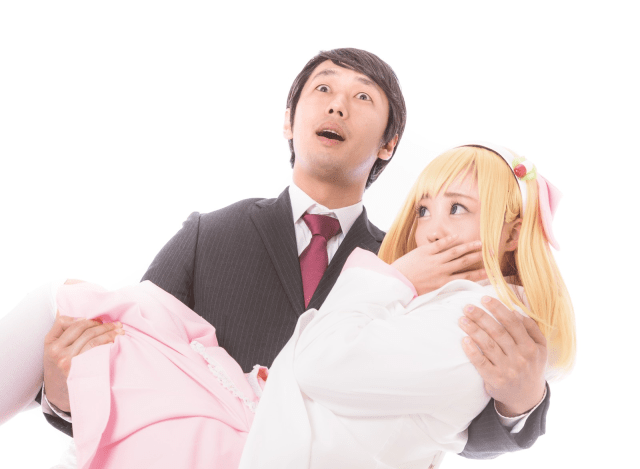
Japanese animation has long had a reputation for pushing the boundaries of what’s acceptable, but is it pushing too far these days?
Anime used to be conceived, produced, and consumed pretty much all within the confines of Japan. Sure, the occasional series would get licensed for overseas distribution, but with its story and characters so thoroughly rewritten, and its visuals so extensively re-cut, as to have little to no relation to the original version.
That started to change in the first major overseas anime boom of the 1990s, but even then, a series getting officially released outside of Japan was still the exception, not the rule. Nowadays, though, things have flipped entirely. It’s now practically a given that any anime but the most obscure or prohibitively expensive-to-license ones will stream online internationally, and most of those will get overseas home video releases too.
But as access to anime gets easier and easier, its overseas audience is continually expanding beyond people who grew up with or have an interest in/affinity for the set of Japanese societal values reflected in the medium. Because of that, there’s been increased debate as to whether or not anime needs to be more concerned with the idea of political correctness, and Japanese Twitter user @poepoeta01 recently weighed in with his opinion.
“Many people are under the mistaken impression that Japan’s manga and anime have earned their popularity overseas simply because of the artists’ high level of technical skill.
Japan’s manga and anime are interesting because compared to other countries, they’re made under wild, limitless freedom of expression, without any restrictions.
Saying ‘If anime isn’t more conscious about being politically correct, it won’t expand its overseas market’ it totally off the mark.”
The majority of the direct reactions to @poepoeta01’s tweet have been in support of his analysis and stance, with comments such as:
“Totally right. I think this is why Chinese-made anime-style animation hasn’t caught on internationally.”
“It’s like how late-night comedy shows are really funny, but then they lose their edge when the performers try to transition to more mainstream prime-time programs.”
“I can’t imagine another country where artists would be able to make a manga about Buddha and Jesus sharing an apartment.”
“Japanese culture has traditionally been a closed-off one, where otaku-like communities come together to push an artistic field forward, and while that inner circle is amusing itself, the art becomes so polished that eventually outsiders notice and are impressed by the quality. People who like anime support each other, and people who don’t like it don’t watch it.”
That last bit of reasoning, though, is something one could argue has new wrinkles to it in the current anime industry. With international distribution now easier than ever before, brand-new anime content is just a few clicks away for anyone with an Internet connection. Setting aside the question of whether or not anime has become more mainstream in overseas markets, access to it has definitely gotten much easier for non-Japanese media consumers, and an anime with content they find objectionable now risks leaving money on the table, money that could be used to help secure the long-term stability of a franchise and bankroll the continuing content production.
While not as numerous as the responses of agreement, @poepoeta01’s assertation that anime shouldn’t be concerned with political correctness also produced a few that disagreed.
“You’re totally wrong. I have no idea what you’re talking about.”
“Looking at the staff credits for anime, I feel like you can say that it isn’t made only by teams that are 100-percent Japanese anymore, and I think that’s going to be the case more and more.”
@poepoeta01, though, went on to offer a different idea of how the internationalization of anime could play out in a follow-up tweet, saying that he hopes Japan becomes a bastion of free expression that will welcome artists from overseas who feel like their creative efforts are being stifled by regulations in their home countries.
In a purely mathematical sense, all else equal it stands to reason that reducing the amount of potentially offensive content in an anime broadens its potential market. On the other hand, anime’s distinct style and atmosphere, which grew out of its “by Japan, for Japan” nature, has established a fanbase outside its original country of origin that’s really only surpassed by Disney in the animation field. If the goal is to maximize anime’s popularity overseas, ostensibly there’s a sweet spot between “aligns so poorly with overseas societal expectations as to anger and alienate viewers” and “overlaps so much with the tone of overseas media that it can’t stand out as unique.”
The question of whether or not Japanese anime creators want to try to find that sweet spot, or if they fell trying to do so would put too much of a damper on enthusiasm from Japanese audiences, though, is something they still seem to be sorting out.
Source: Twitter/@poepoeta01 via Hachima Kiko
Top image: Pakutaso
Insert images: Pakutaso
● Want to hear about SoraNews24’s latest articles as soon as they’re published? Follow us on Facebook and Twitter!